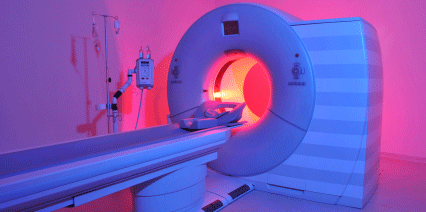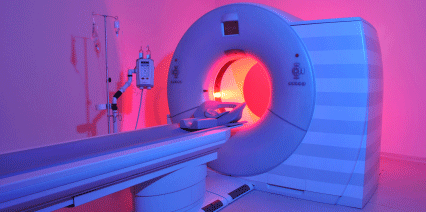Getting the Word Out
How do discoveries lead to useful applications, and can we even predict this potential ahead of time? As this week’s issue of Physics shows, applied physics researchers are driving advances in fields as diverse as medical imaging (Going with the Flow), microbial biology (Eons of Diffusive Growth) and art preservation (Why Red Paint Darkens Over the Centuries). I spoke with Troy Shinbrot, who has just been chosen to lead the new APS journal, Physical Review Applied, to ask his thoughts on identifying “the next great idea.”
Shinbrot, a professor at Rutgers University in the Department of Biomedical Engineering, studies chaos, how living cells develop, and the physics of sandstorms—all areas of research that touch on everyday life. But he’s quick to point out that many technologies—perhaps, most notably, magnetic resonance imaging—came out of pure physics research, and often, the potential applications took decades to recognize.
“We don’t really know yet how new tools, devices, and materials are going to play out. That was certainly true for Gorilla Glass. It sat for 15 years after applied physicists developed it before it actually made it [onto] an iPhone,” he says. “Nobody who is honest can tell you they can predict where technology is going to be 10 years from now.” Instead, Shinbrot thinks it’s best to focus on problems that are crying out for an applied physics solution. High on his list are improving the efficiency of solar cells, increasing battery life for electric vehicles, and finding new ways to diagnose illnesses quickly and with less pain for the patient.
The challenge is getting the best of relevant applied physics research into the hands of engineers, biomedical professionals, and industrial leaders. Shinbrot admits this knowledge transfer is currently less than optimal, a problem he ascribes to information overload. Yes, physicists have been continually putting out terrific work, but as Shinbrot puts it, “The noise is just growing by leaps and bounds faster than the signal.” He hopes the new journal will be a chance to “amplify” the important signal, namely, the most promising applied physics research, and provide a better bridge between physics and engineering.
Physical Review Applied will begin its call for papers soon. More information can be found here.
Here is a selection of stories about applied physics from the Physics archive:
Wireless Power for Tiny Medical Devices
– Jessica Thomas, Editor





